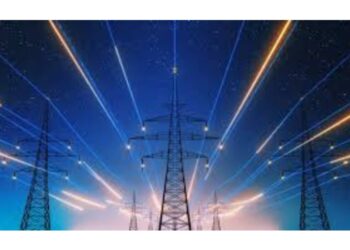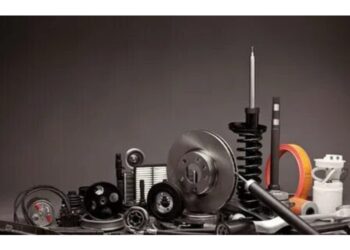The agricultural sector is the backbone of India’s economy, employing more than 40 percent of the total population. However, it faces significant challenges such as high operational costs, environmental degradation and the impacts of climatic change. Thus, in recent years, electric tractors have emerged as a potential solution to these challenges, both environmental and economic benefits. This transition towards electric tractors marks as a sustainable revolution in Indian agriculture, which could redefine farming practices much better in the coming days.
Economic Impact
The use of electric tractors have the potential to significantly reduce the operational costs of farming in India. Usually tractors that operate on diesel are costly to maintain as the fuel prices always tend to go high thereby exerting additional costs to the farmers. Electric tractors, on the other hand, use electricity and electricity is much cheaper and more stable in price compared to diesel. Reduced cost of electricity translates to reduced overall expenses for farmers, allowing them to save more and invest in other aspects of their farming operations.
Additionally, use of electric tractors is relatively cheaper than the use of diesel tractors since they are less prone to breakages hence less maintenance than their diesel counterparts. These have less moving parts, which means lesser wear and tear and a lower likelihood of mechanical failures. This reduces frequent repairs and replacement lowering the costs for farmers. Such savings, in the long-run, can define enhanced profitability for the small and large scale farmers alike.
The adoption of electric tractors can also stimulate the growth of the electric vehicle (EV) industry in India. This will in turn create a market and demand for batteries and renewable sources of energy to be used in electrifying tractors as well as demand for charging stations. This can create more jobs and contribute to the overall growth of the economy.
Environmental Impact
The environmental benefits of electric tractors are substantial, particularly in a country like India, where agriculture is a major contributor to greenhouse gas emissions. Diesel tractors emit significant amounts of carbon dioxide (CO2) and other pollutants into the atmosphere contributing to air pollution and climate change. Electric tractors, powered by renewable energy sources like solar or wind, can greatly reduce such emissions.
By reducing the reliance on fossil fuels and adoption of electric tractors will go a long way in decreasing emissions in agricultural sector. This is especially relevant in India, which has very aggressive targets in terms of absolute reduction of greenhouse gas emissions and increasing the utilisation of renewable energy. The wide spread adoption of electric tractors aligns with these goals and supports the country’s commitment to battle against climate change.
In addition, electric tractors are less noisy as compared to the diesel tractors and that also causes less disturbance to the existing environment of the rural regions. This not only helps the farmers and other people living in rural areas to enhance their quality of lives, but also it has positive impact on wildlife and ecosystem, which can be disrupted by the loud noise of traditional tractors.
Challenges, threats and way forward.
Despite the clear benefits, the adoption of electric tractors faces several challenges in India. One of the disadvantages of electric tractors is that their cost is higher than that of diesel tractors initially and this may not be encouraging to the switch for small-scale farmers. However, the government subsidies and incentives can play an important role in making electric tractors affordable and accessible to farmers.
Another challenge is of limited charging infrastructure especially for the rural areas. For electric tractors to become widely adopted, there must be a robust network of charging stations across the country. Ways of getting around this challenge include choosing renewable energy sources such as solar power that can be used to offer off-grid charging solutions.
In conclusion, owing to the new inventions of electric tractor, there is very bright progress towards sustainable agriculture in India. With the potential to reduce operational costs, lower emissions, and support the growth of the EV industry, electric tractors offer a win-win solution for both the economy and the environment. But to achieve all these benefits and enjoy the full potential, it is essential to address the challenges of affordability and infrastructure. By doing so, India can lead the way in revolutionizing agriculture and paving the path towards a greener, more sustainable future.













